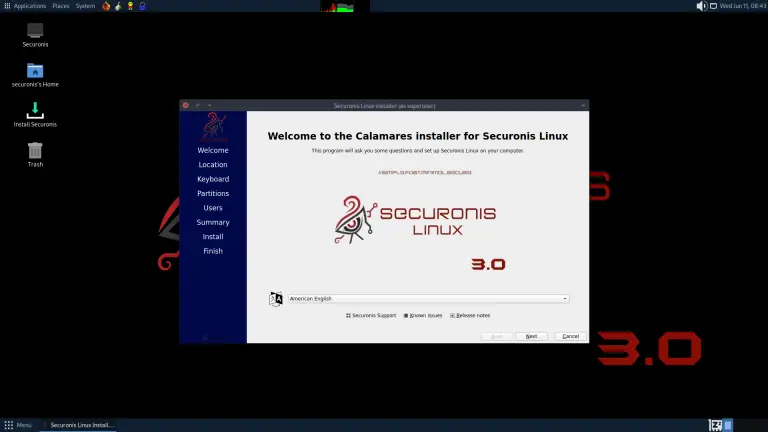
Linux is not inclined toward impulsive experimentation—especially when it comes to enabling unfamiliar features in the kernel by default. This principle was reaffirmed recently, as Linus Torvalds rejected a proposed change that would have activated the DAMON monitoring system across all new kernel builds.
DAMON (Data Access MONitor) is a memory access monitoring tool developed by Amazon in collaboration with other contributors. It is designed to analyze application behavior, enhance performance, and identify inefficient data access patterns. The tool has long been included in the kernel and is actively used in several distributions.
One of the patches merged during the integration process for version 6.16 concerned DAMON: a commit was introduced to the mainline kernel setting CONFIG_DAMON=y—thus enabling the feature by default. In the accompanying note, the patch author cited practices adopted by major distributions such as AlmaLinux, Android, Amazon Linux, CentOS, Debian, Fedora, and Oracle, all of which already build the kernel with this flag enabled. The intention was to simplify the process for users who regularly rely on DAMON, sparing them the repetitive task of manually enabling it with every new build. The rationale emphasized convenience, asserting that the module would not alter behavior unless explicitly activated, and the only side effect—an increase of approximately 0.1% in the final binary size—was deemed technically negligible.
However, Torvalds later revealed that this commit had initially escaped his notice. Once it came to his attention, he acted swiftly and unequivocally: the change was promptly reverted. A note in the kernel changelog announced the removal of commit 28615e6eed152f2fda5486680090b74aeed7b554, stating that enabling arbitrary features without compelling justification is inconsistent with the project’s philosophy.
Indeed, in practice, the kernel has never embraced experimental features without strong grounds—particularly when it comes to obscure or niche modules used by a limited number of specialists. Torvalds has repeatedly emphasized that the kernel’s primary objective is reliability, not the convenience of a narrow enthusiast audience. Automatically enabling esoteric features risks introducing unpredictability and unintended consequences, especially in the context of universal builds expected to perform reliably across a wide range of environments.
As a result, DAMON is once again disabled by default in the latest version of the source code. The reversion has already been reflected in the development tree and will be included in the Linux 6.16-rc2 release candidate, scheduled for the coming weekend. Users who require this monitoring system will, as before, need to manually enable the corresponding configuration parameter during the build process.


